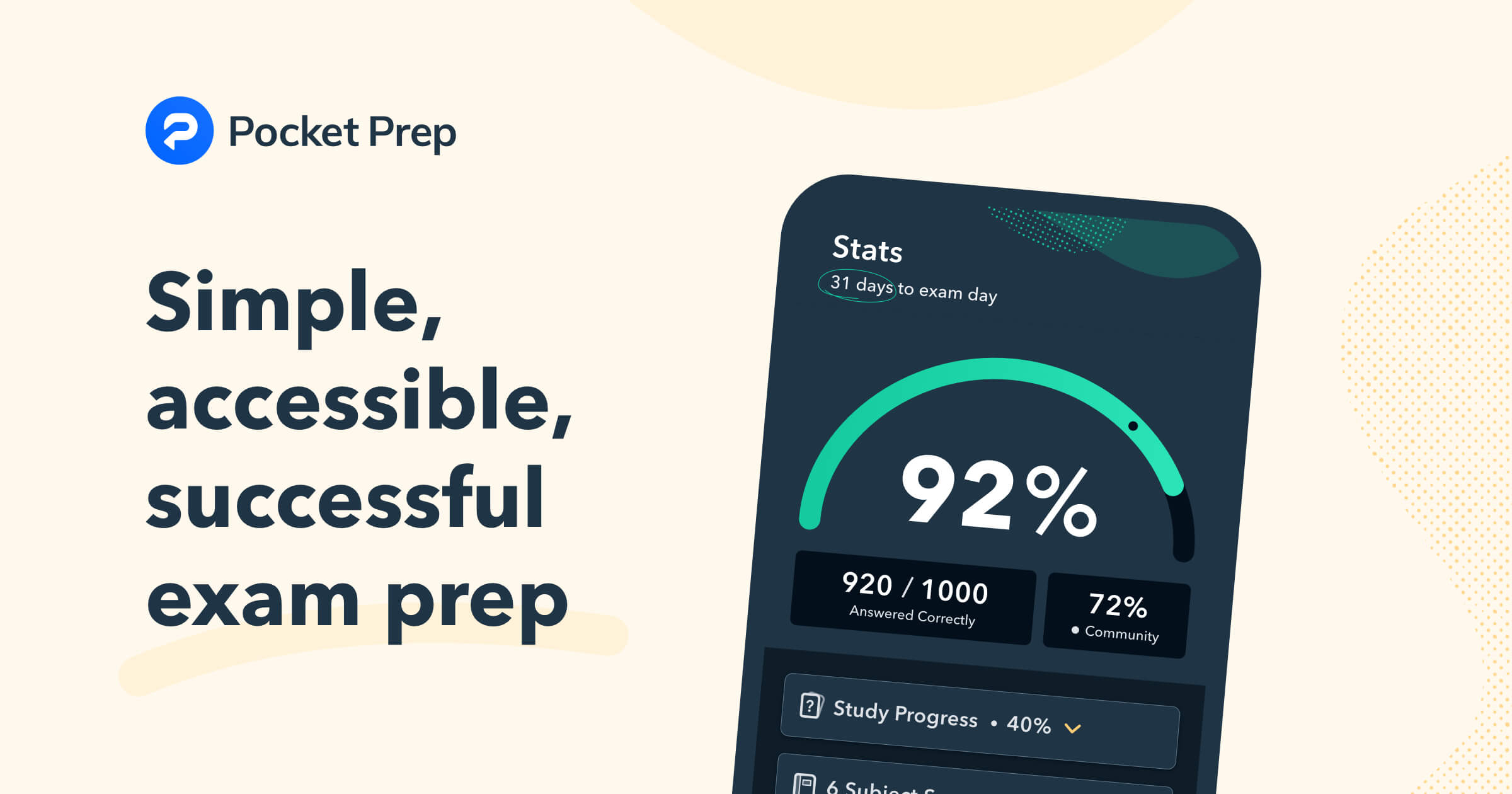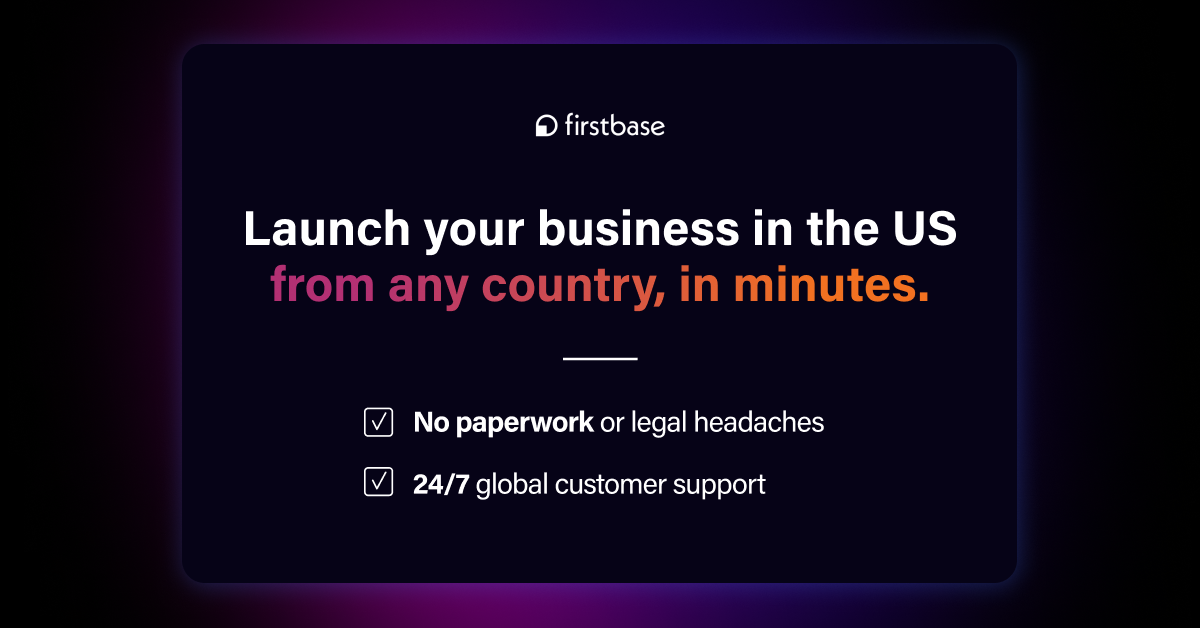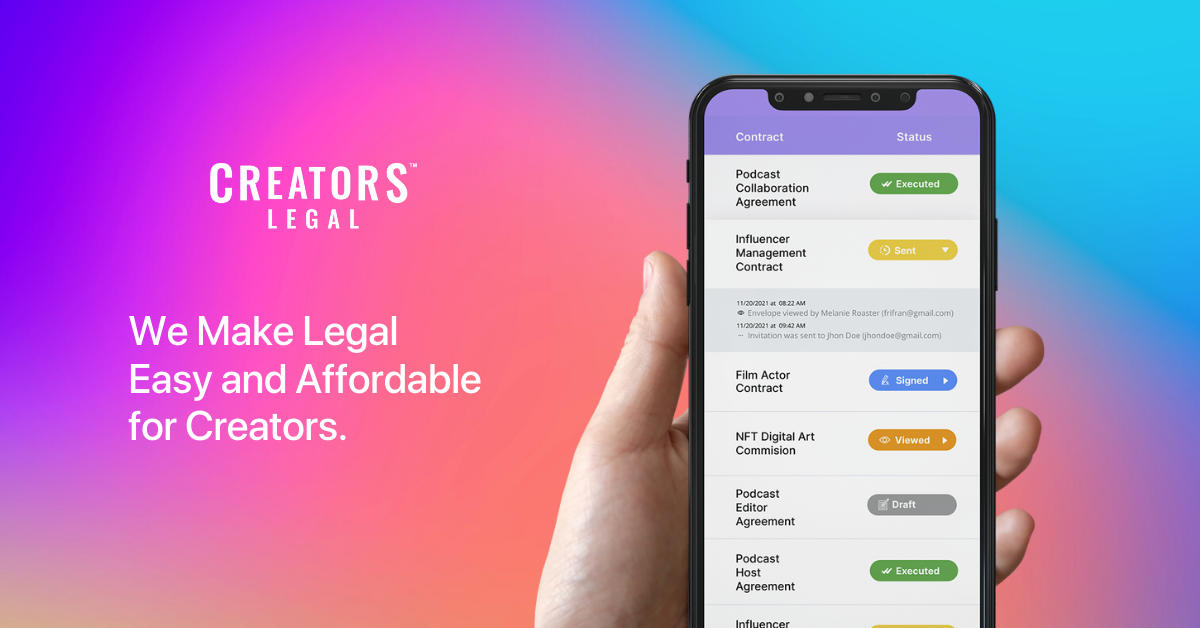In an era marked by increasing job market uncertainty and a growing desire for greater worker independence, the transition from traditional employment to entrepreneurship or solopreneurship is becoming an increasingly attractive path. This shift, however, is a significant professional undertaking, demanding rigorous planning and strategic foresight. While developing a viable business model and go-to-market strategy are paramount, a foundational element often underestimated is the compilation of a comprehensive Personal Asset Inventory (PAI). Far more than a mere bookkeeping exercise, understanding the full scope of one’s personal financial landscape is a critical step. From a strategic advisory perspective, it enables better-informed decision-making, robust risk management, and the establishment of a stable platform essential for launching a new venture and navigating the complexities of self-reliance in today’s dynamic economic environment. This inventory becomes a cornerstone of your strategic move towards greater autonomy and professional fulfillment.
In this blog post we discuss strategies to build your personal asset inventory (PAI). We define the PAI and explain the how and the why, providing practical examples of the PAI. We also discuss the PAI in a legal context when using various online legal solutions. Be sure to follow us on LinkedIn and Reddit. Now let’s get started.
Disclosure: At ClearSky 2100 Ventures, our Growth Partner Network partly consists of affiliate partnerships. We may earn a small commission from buying links on our site at no cost to you.
Defining the Personal Asset Inventory (PAI)
A Personal Asset Inventory is a systematically organized, detailed schedule of all tangible and intangible assets to which an individual holds title and which possess monetary value.
- Tangible Assets include, but are not limited to, real property (e.g., primary residence, investment properties), vehicles, valuable personal effects (e.g., art, jewelry, collectibles), and business-related physical assets if personally owned.
- Intangible Assets encompass financial accounts (e.g., bank accounts, brokerage accounts, retirement funds), investments (e.g., stocks, bonds, mutual funds), intellectual property (e.g., patents, trademarks, copyrights held personally), the cash surrender value of life insurance policies, and digital assets such as cryptocurrencies or significant domain name holdings.
The PAI serves as a definitive financial snapshot, offering an objective and comprehensive overview of an individual’s current financial position. It is a dynamic document that requires periodic review and updates to accurately reflect changes in asset composition and valuation.
The Strategic Importance of a PAI for Entrepreneurs
For individuals navigating the shift from employee to business owner, the PAI provides indispensable strategic advantages:
- Establishment of a Financial Baseline: A well prepared PAI offers an unambiguous understanding of one’s current financial standing. This baseline is crucial for determining available personal capital for injection into the new venture, assessing personal liquidity, and projecting financial sustainability during the initial operational phases of the business.
- Enhanced Risk Assessment and Mitigation: Entrepreneurship inherently involves financial exposure. A PAI enables a more precise evaluation of personal financial risk tolerance. It identifies assets that could potentially be leveraged (with due diligence and caution) and, critically, those assets that require stringent protection from business liabilities through appropriate legal structuring and insurance.
- Informed Capital Allocation and Financial Decision-Making: The PAI underpins numerous strategic financial decisions. These range from quantifying personal investment capacity in the startup to understanding available collateral for securing business financing and structuring personal financial affairs to ensure stability while the business matures.
- Foundation for Integrated Financial Planning: As the entrepreneurial venture evolves, so will the founder’s personal financial circumstances. The initial PAI establishes a benchmark against which future financial growth can be measured, facilitating more effective long-term wealth management, investment strategy refinement, and eventual exit or succession planning.
- Facilitation of Due Diligence: Embarking on an entrepreneurial path requires thorough personal due diligence. The PAI is a core component of this process, ensuring the prospective founder has a clear and realistic view of their financial resources and obligations before committing fully to the new enterprise.
Practical Applications of the PAI: Illustrative Scenarios
The strategic value of a PAI becomes evident across several critical domains for the aspiring entrepreneur:
1. Insurance Planning: Optimizing Risk Transfer Mechanisms
Transitioning from an employment scenario, where insurance benefits are often employer-sponsored, to self-employment necessitates a proactive approach to risk management. The PAI is instrumental in determining appropriate insurance coverage. For example.
According to a Munich Re Consumer Survey, 47 percent of homeowners said they prepared an inventory of their possessions to help document losses for their insurers. The hightest 52% in the South and the lowest 39% in the Northeast.
- Life Insurance: The PAI quantifies outstanding personal liabilities (e.g., mortgages, personal loans) and identifies financial dependents. This data is essential for calculating the requisite life insurance coverage to safeguard family financial security and cover business-related debts that might fall upon the estate. For individuals with substantial assets identified in the PAI, life insurance can also serve as a tool for estate liquidity.
- Disability Income Insurance: For a solopreneur or founder, earning capacity is a primary asset. The PAI, by detailing financial obligations and lifestyle maintenance costs, informs the necessary level of disability income protection should illness or injury impede the ability to work.
- Property and Casualty Insurance: An accurate inventory of valuable personal property (homes, vehicles, and significant personal belongings detailed in the PAI) is fundamental to securing adequate homeowners, renters, and auto insurance. This ensures coverage aligns with replacement costs. Entrepreneurs operating home-based businesses must also use the PAI to identify business assets stored at the residence that may necessitate specific business insurance riders or separate policies.
- Professional Liability (Errors & Omissions) Insurance: While not directly itemizing personal assets, an understanding of one’s overall net worth (derived from the PAI) can influence the decision regarding the quantum of professional liability coverage. Protecting personal assets from potential business-related claims, especially if the business structure offers limited liability protection, underscores the importance of this coverage.
- Personal Umbrella Liability Insurance: This policy provides an additional layer of liability coverage exceeding the limits of standard policies. The PAI, by illustrating the total value of personal assets, enables an informed assessment of whether existing liability limits are adequate or if an umbrella policy is a prudent measure to protect accumulated wealth.
Absent a PAI, insurance planning becomes speculative, risking underinsurance and significant financial exposure or over-insurance and inefficient capital allocation. Moreover, having a PAI can accelerate the claims time in the event of an unfortunate incident.
How a Personal Asset Inventory Slashes Insurance Claim Times
While specific statistics are not publicly available from insurance providers, industry experts overwhelmingly agree that customers with a detailed personal asset inventory experience a significantly faster and smoother insurance claim process compared to those without one. The time saved can range from weeks to potentially months, transforming a stressful and often traumatic event into a more manageable administrative task.
The core reason for this substantial difference lies in the preparedness and documentation that a personal asset inventory provides. When a policyholder files a claim for damaged, stolen, or destroyed property, the burden of proof rests on them to demonstrate ownership and value. This is where the presence or absence of an inventory creates a critical divergence in the claims timeline.
The Claim Journey: With vs. Without an Inventory
To understand the time differential, it’s essential to break down the typical personal property claims process and see how an inventory impacts each stage:
Stage 1: Initial Claim Filing and Documentation
- Without an Inventory: The policyholder, often under duress from the event that caused the loss, must attempt to recall every single item that was affected. This process is not only emotionally taxing but also prone to inaccuracies and omissions. They will need to create a list from memory, which can be a slow and arduous task, often delaying the initial submission of the claim.
- With an Inventory: The policyholder can immediately provide the insurance adjuster with a comprehensive and organized list of their belongings. This list, which should ideally include descriptions, purchase dates, estimated values, and photographic or video evidence, gives the insurer a clear and immediate picture of the loss.
Stage 2: Adjuster’s Review and Verification
- Without an Inventory: The insurance adjuster’s job becomes significantly more complex and time-consuming. They will need to work with the policyholder to try and reconstruct a list of possessions, often leading to multiple back-and-forth communications. The adjuster may also need to conduct more extensive interviews and investigations to validate the claim, which can add considerable delays.
- With an Inventory: The adjuster can quickly and efficiently verify the claimed items against the provided documentation. The photographic or video evidence serves as immediate proof of ownership and condition, reducing the need for lengthy verification processes. This allows the adjuster to move forward with the valuation and settlement much more rapidly.

Stage 3: Valuation and Settlement Offer
- Without an Inventory: Determining the value of the lost items is a major bottleneck. The policyholder will need to research the replacement cost of each item, a process that can be incredibly time-consuming. Disputes over the value of items are also more likely, leading to negotiations and further delays in reaching a settlement.
- With an Inventory: A well-maintained inventory will often include receipts, appraisals for high-value items, and links to similar products online. This provides a clear basis for valuation, minimizing disagreements and allowing the insurer to calculate a fair settlement offer more quickly.
Stage 4: Final Payment
- Without an Inventory: The entire process, from initial filing to final payment, is elongated due to the continuous need for information gathering, verification, and negotiation. This can leave the policyholder waiting for an extended period to receive the funds needed to replace their belongings and recover from their loss.
- With an Inventory: By streamlining every preceding step, the final payment can be issued much sooner. The clear and documented nature of the claim instills confidence in the insurer, leading to a faster approval and disbursement of funds.
A Matter of Weeks, Potentially Months
While it is impossible to assign a precise number without industry-wide data, the consensus is that a comprehensive personal asset inventory can shorten the claims process by a significant margin. For a minor claim, this could mean the difference between a few days and a few weeks. For a major loss, such as a house fire, the time saved could be several months.
Homeowner property damages from the January 2025 LA County wildfires exceeded $95 billion according to estimates.
2. Estate Planning: Ensuring Asset Protection and Legacy Preservation
Effective estate planning is a non-negotiable aspect of responsible financial stewardship for entrepreneurs. The business itself often constitutes a significant component of the estate. The PAI serves as the foundational document for comprehensive estate planning:
- Will and Trust Formulation: A PAI provides the detailed schedule of assets essential for drafting an accurate and comprehensive will, ensuring all assets are accounted for and distributed according to the testator’s wishes. This includes clear provisions for the disposition of business interests. Trusts, which can offer enhanced control over asset distribution and potential probate avoidance, are similarly reliant on a thorough PAI for their establishment and funding.
- Probate Efficiency and Estate Tax Mitigation: A well-documented PAI can facilitate a more efficient probate process. It also provides the necessary data for assessing potential estate tax liabilities, enabling proactive strategies for tax mitigation in consultation with legal and financial advisors.
- Business Succession Planning: For entrepreneurs, the PAI, when integrated with a formal business valuation, is critical for developing a robust succession plan. It informs decisions regarding the future of the business (e.g., sale, intra-family transfer, liquidation) and helps ensure a smooth transition that preserves value and aligns with personal financial objectives.
Neglecting estate planning, or attempting it without the benefit of a detailed PAI, can result in protracted legal issues, family conflict, and the potential diminution of assets.
3. Strategic Career Transition: From Employee to Entrepreneur
The move to self-employment represents a significant career transition. The PAI provides crucial data for managing this shift strategically:
- Assessment of Financial Preparedness: Prior to resigning from employment, the PAI allows for an objective evaluation of financial readiness. It clarifies liquid assets available to cover personal and business operating expenses during the initial, often revenue-constrained, period of the new venture.
- Identification of Leverageable Assets for Capital Formation: The PAI may reveal personal assets that could be strategically considered for business capitalization, such as accessing a home equity line of credit or divesting non-core valuable assets. Such decisions require careful consideration and professional advice.
- Quantification of Financial Reserves: A clear understanding of personal net worth provides a quantifiable measure of financial reserves, which can offer a degree of security when undertaking the inherent risks of a new business.
- Informing Lifestyle and Budgetary Adjustments: The PAI can illuminate current personal expenditure patterns relative to available assets and projected early-stage business income. This facilitates proactive planning for any necessary lifestyle adjustments, ensuring the venture is not unduly burdened by unsustainable personal financial demands.
The PAI in Formal Legal Contexts
A Personal Asset Inventory is not merely an internal planning tool; it is frequently a required schedule or exhibit in various formal legal agreements and proceedings:
- Marital Agreements (Prenuptial and Postnuptial): Essential for defining separate and marital property.
- Divorce Proceedings: Mandated for the equitable distribution of assets.
- Loan Applications (particularly for secured business loans): Lenders require detailed statements of personal assets when these are pledged as collateral.
- Estate Planning Documentation (Wills, Trusts): Schedules of assets are standard components.
- Bankruptcy Filings: A comprehensive PAI is a legal requirement.
- Partnership and Shareholder Agreements: When personal assets are contributed to a business entity.
Leveraging Online Legal Resources
Online legal service platforms, such as LawDepot, can offer valuable assistance in preparing documents that often interface with a PAI. These platforms can provide templates for wills, powers of attorney, and certain business formation documents.
- Benefits: These services can enhance accessibility and provide cost-effective legal solutions for straightforward legal documentation needs, particularly for entrepreneurs managing startup budgets. They can also offer informational resources.
- Advisory Note: While such platforms are useful for preliminary drafting and general informational purposes, they do not substitute for tailored legal advice from a qualified attorney, especially concerning complex financial structures, significant business transactions, or intricate estate planning requirements. A well-prepared PAI will, however, make any engagement with legal counsel more efficient and focused. LawDepot does opportunities for its members to engage with a legal advisor.
The PAI as a Cornerstone of Entrepreneurial Preparedness
For individuals transitioning from employment to entrepreneurship, the creation and maintenance of a Personal Asset Inventory is a fundamental exercise in strategic financial management. It provides essential clarity for assessing financial readiness, managing risk, making informed capital decisions, and planning for long-term financial security and legacy. It is an indispensable tool for any professional undertaking the significant and rewarding journey of building their own enterprise. Consequently, diligent preparation of a PAI reflects a commitment to robust financial stewardship, a hallmark of successful entrepreneurs.
Reach out to the team at ClearSky 2100 Ventures to discuss the PAI or other ideas for entrepreneurship.










